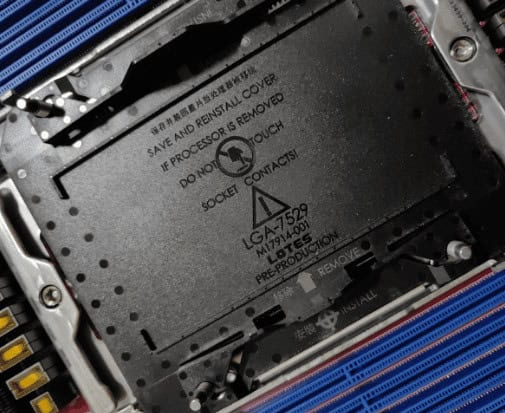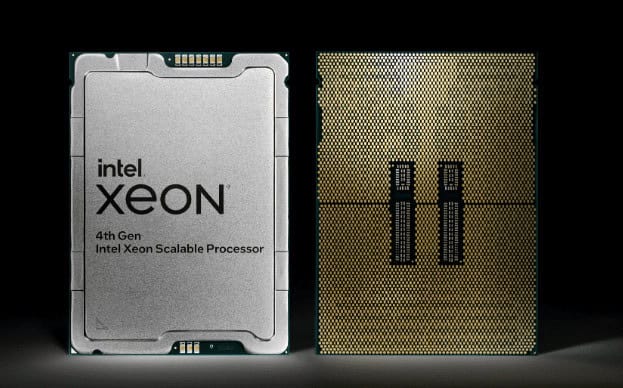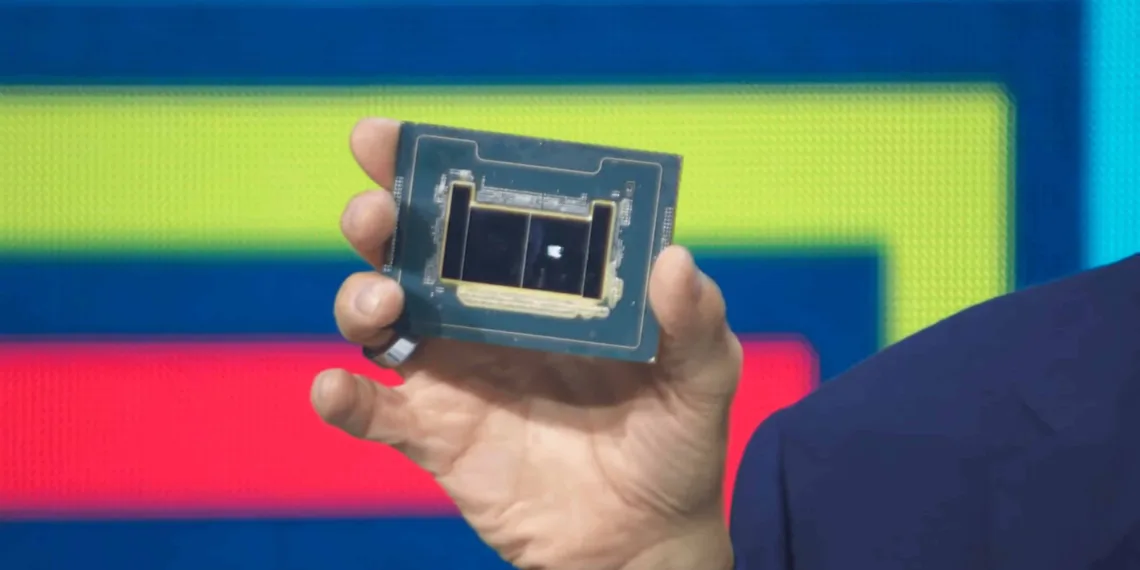The upcoming Sierra Forest server chip from Intel has made an appearance on Geekbench 6, showcasing noteworthy multi-core performance, as reported by BenchLeaks. Boasting up to 144 efficiency cores, Sierra Forest is slated for release in the first half of 2024, positioning itself as a direct competitor to AMD’s Zen 4c Bergamo server CPUs and ARM-based server chips, such as those produced by Ampere.

All About Intel 144-core Sierra Forest and AMD Bergamo
The Geekbench 6 test featured a dual-socket configuration employing two 144-core Sierra Forest CPUs, although a 288-core version is in the pipeline. Despite the Geekbench 6 disclaimer specifying the use of two CPUs, the tested dual-chip Sierra Forest server achieved an impressive multi-core score of 7,770. In comparison, most dual-socket systems equipped with Intel’s flagship Xeon Platinum 8480+ typically score between 6,500 and 7,500 on the Geekbench 6 database. This Sierra Forest result falls within that range, positioned roughly in the middle.
However, it is crucial to note that Sierra Forest’s single-core performance is considerably inferior, not even reaching half of the 8480+. This intentional design choice aligns with Sierra Forest’s architecture, featuring 144 Glen E-cores, whereas the 8480+ is built on the Sapphire Rapids-based platform with 56 Golden Cove performance cores. The slower E-cores offer enhanced efficiency in terms of area and power consumption, catering to server applications where multi-core performance takes precedence.

Comparisons with AMD’s Bergamo server CPUs, which share a similar approach to Sierra Forest, are inevitable. Bergamo utilizes Zen 4c cores, architecturally identical to Zen 4 but with significantly reduced area and power consumption. While the Geekbench 6 result for Bergamo also falls within the mid-range, it surpasses both Sierra Forest and Sapphire Rapids in multi-core performance.
However, it’s essential to exercise caution with the Sierra Forest result, considering it originates from a pre-release system. Potential variations in performance, both in multi-core and single-core scores, could emerge in the final release. Furthermore, Sierra Forest may introduce unique instructions or features not captured by Geekbench, as evidenced by Intel’s collaboration with Microsoft Azure using AMD’s MI300X GPUs, leveraging Sapphire Rapids’ AI-accelerated instructions.

The benchmark also outlined Sierra Forest’s cache configuration, suggesting a potential discrepancy in the reported specifications. While initial expectations anticipated quad-core clusters with 4MB of L2 cache each, resulting in 36 clusters on a 144-core chip, Geekbench reported only 18 clusters. Despite this discrepancy, the reported 108MB of L3 cache, coupled with the assumed error in L2 clusters, would result in a total of 252MB of combined L3 and L2 cache per CPU—still substantial, although smaller than Bergamo’s L3 cache alone, which stands at 256MB.








